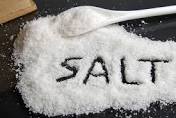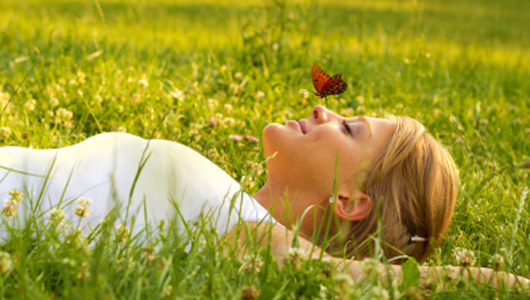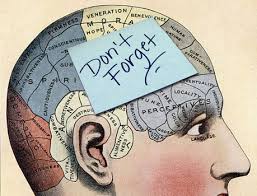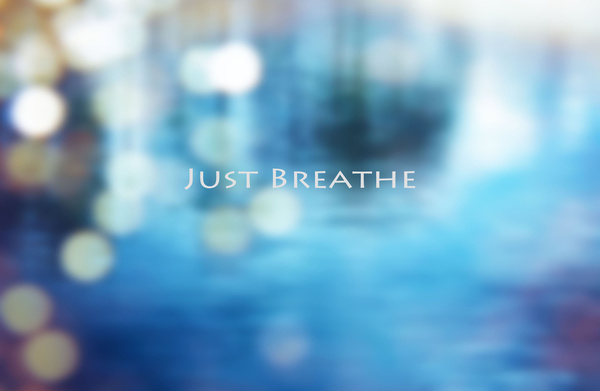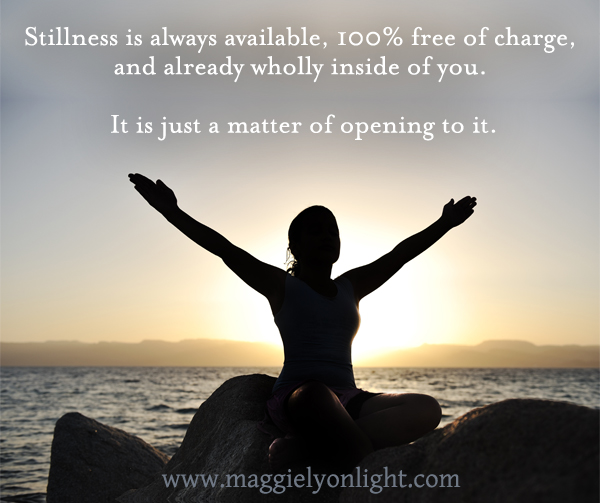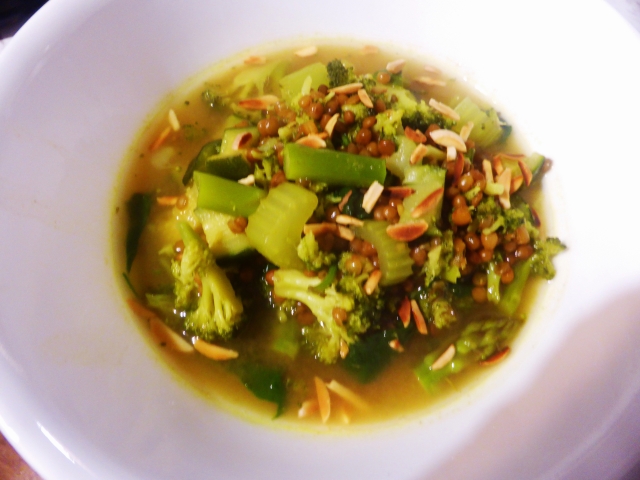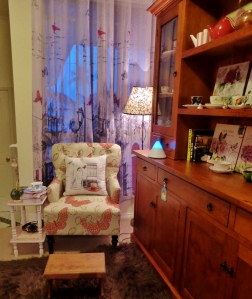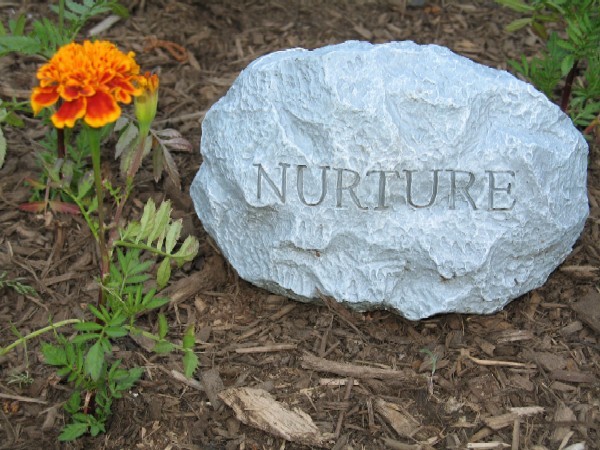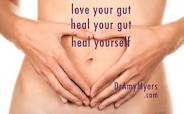 Our guts play a major part in helping to keep our immune system balanced, due to 80% of our immune tissue being located within our digestive system. When bacteria and viruses start to enter our gut, it can cause a condition called leaky gut. There is where the small intestine wall starts to become damaged, which creates holes that allow particles (such as from gluten, dairy, other foods you are intolerant to, antibiotics, mould, to leak into your bloodstream. The immune system views these particles as invaders and starts to attack, which can then lead to things like malabsorption of vitamins and minerals (like B12 and iron), and auto-immune disorders.
Our guts play a major part in helping to keep our immune system balanced, due to 80% of our immune tissue being located within our digestive system. When bacteria and viruses start to enter our gut, it can cause a condition called leaky gut. There is where the small intestine wall starts to become damaged, which creates holes that allow particles (such as from gluten, dairy, other foods you are intolerant to, antibiotics, mould, to leak into your bloodstream. The immune system views these particles as invaders and starts to attack, which can then lead to things like malabsorption of vitamins and minerals (like B12 and iron), and auto-immune disorders.
Without a healthy balance of good bacteria in your gut, the immune system starts to become defenceless and organs become reactive (causing thyroid issues, rheumatoid arthritis, constipation, IBD, adrenal fatigue, colds, fibro, headaches, acne, psoriasis, and eczema.
There is also a gut-brain connection – both the gut and the brain have neurons and each has a nervous system. This can the lead to things like: ADHD, anxiety, depression, fatigue, and OCD.
One of the first indications of leaky gut is increasing food intolerances. Therefore do some testing to find out what foods you have become intolerant to and remove them from your diet. The person doing the testing (eg naturopath, dietician) can usually indicate to you how long you need to remove the offending food for. and when you can reintroduce the food. You will need to keep a food diary of symptoms during this time.
Some top triggers:
Gluten: Grains these days contains far more gluten that they did when originally grown and are also quite hybridized. It is common for gluten not to be broken down properly in the gut which causes inflammation and then leakage. It will then start attacking your own tissues, like joints and thyroid. I personally noticed my pain levels significantly reduce when I eliminated gluten 9 years ago.
GMO foods – laces with pesticides, herbicides, viruses which kill of microbes in the gut.
Processed sugar – sugar causes imbalance in the body and over produces yeast which produces toxins that eat away at the wall, and also can lead to candida which causes all sorts of symptoms. Sugar also reduces collagen production, which can cause sagging of skin. I prefer to keep the wrinkles at bay as long as possible;).
Dairy – conventional dairy contains many different chemicals, growth hormones, antibiotics added to it when given to livestock and we then consume it. Since giving up dairy my rashes and acne have greatly improved. There are many nut milks on the market these days, you can make your own, experiment:).
Antibiotics: can be vital in treating life-threatening conditions to kill off bad bacteria, but also take the good with the bad.
Stress: Constant stress over the long-term will cause a range of negative effects including decreased nutrient absorption, oxygenation of the gut, less blood flow to the area, and decreased metabolism.
Food additives can lead to skin problems, diarrhoea, bloating, and asthma.
Top healing foods:
Bone broth – contains amino acids which repairs and detoxes. Full of luscious bone marrow, containing collagen.
Coconut oil – anti-microbial, especially good for candida. It kills off yeast in the body.
Blueberries – highest antioxidants, restevorial and flavonoids, lower in sugar and more sour which nourishes liver and easy digestable form of fibre.
Orange and yellow foods nourish the spleen. Worry and anxiety affects the spleen and pancreas.
Probiotics: Line your gut and provide protection, especially after a bout of antibiotics. They create enzymes for better digestion, and can help produce B12 and vit K. I take one daily, containing 50,000IU. Some really good brands these days don’t need to be refrigerated.
Digestive enzymes – breaks down your food and gives your gut a rest.
L-glutamine powder – amino acid which lines your small intestine and gives it the building blocks to repair.
Drink lots of water – it flushes out toxins. Invest in a good water filter and adding lemon juice or apple cider vinegar to your water will aid digestion and break up mucus in the body.
Some gut healing herbs include Echinacea, astragalus, licorice, cinnamon, comfrey, slipper elm bark, and aloe vera.
Many vitamins provide detoxing benefits, and help decrease inflammation and provide help in building up the gut wall and absorbing nutrients.
Also stress reducing practises such as yoga, medication and deep breathing. They help calm the gut and balance gut-brain connection.
Whilst you work on making your gut healthy, look at making your surrounding environment healthy as well. Clean with non toxic products, choose natural fibres in your home, open windows (as long as you don’t live next to something like a coal loader, in that case get a special air humidifier). Use products on your skin and hair that are as natural as possible as they can be absorbed into your body (60% to be precise).
All disease lives in the gut – Socrates. Here’s to a healthy gut and a healthy you:)


